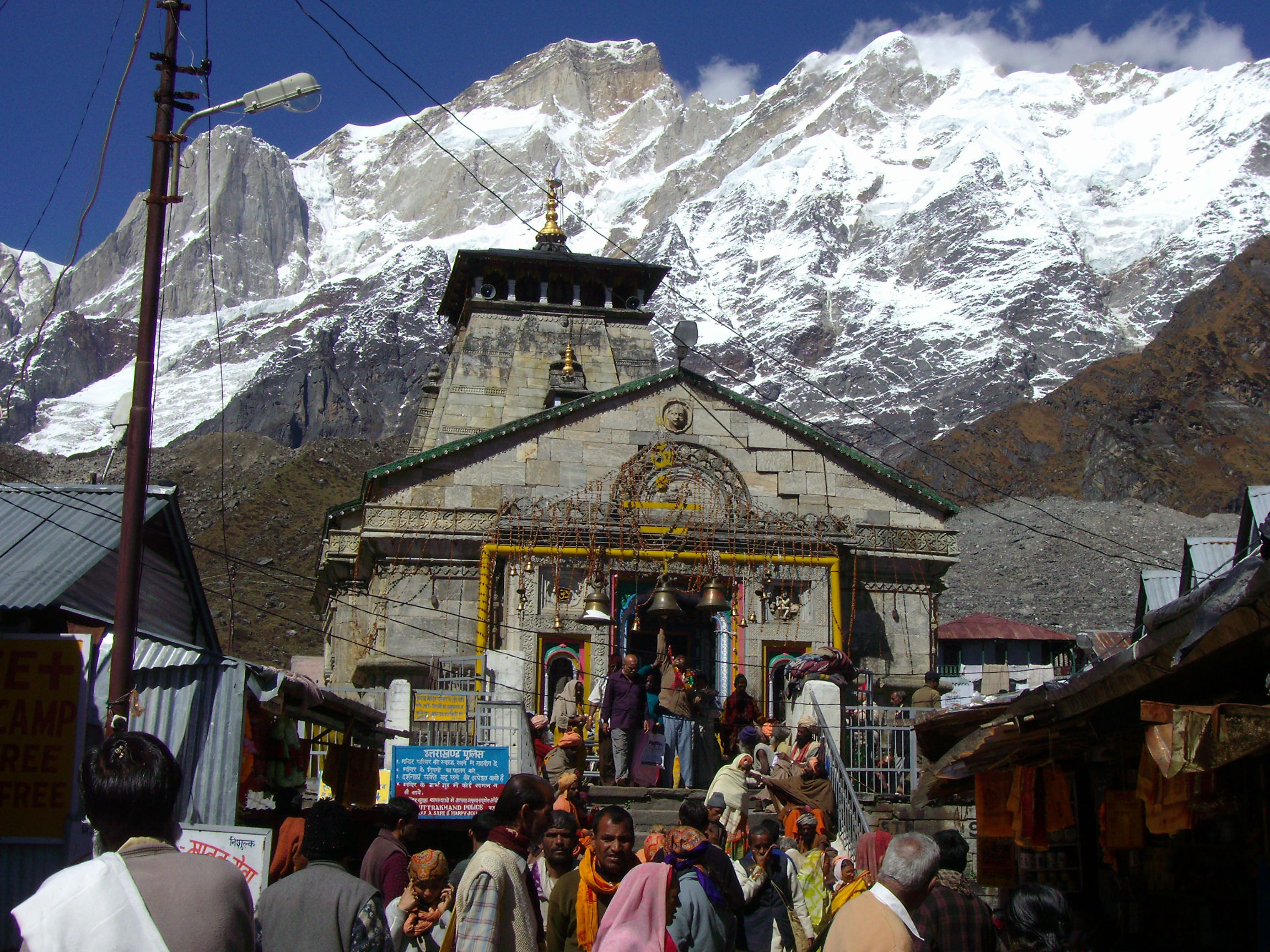Overview
India is a place of various pilgrimage sites that attract both domestic and international tourists. The Char Dham Yatra is a respected pilgrimage that takes you on a spiritual journey unlike any other. A visit to these hallowed sites is thought to provide salvation, or what is commonly referred to as moksha, according to Hindu beliefs.
Four temples set in seclusion among the majestic Himalayan peaks are recognized as one of the world’s most sacred pilgrimages. Nothing says devotion like a trip to the Char Dhams. Up there, Ganga, Yamuna, Vishnu, and the mighty Shiva live in their purest incarnations, and it is the closest a Hindu may get to experiencing celestial pleasure.
The Char Dham yatra, which translates as “the four abodes,” refers to the journey up the mountains to four ancient temples in the North Indian state of Uttarakhand. It is also known as ‘Chhota Char Dham’ to distinguish it from the larger Char Dham circuit. Char Dham is made up of four temples: Yamunotri Dham, Gangotri Dham, Badrinath Dham, and Kedarnath Dham.
The first Dham on the yatra is Yamunotri Dham, named after the Goddess Yamuna. A bath in the sacred waters of the Yamuna River is claimed to purify one of all sins and keep one from dying prematurely. Gangotri Dham, the second shrine on the Chota Char Dham circuit, is the source of the holy Ganga. Kedarnath, also known as Lord Shiva’s territory, boasts the tallest jyotirling. This temple, located on the banks of the Mandakini River, is stunning against the snowy backdrop. The town of Badrinath, named after Lord Badri (Vishnu), is situated on the banks of the Alaknanda River.
Significance of each destination in the Char Dham Yatra
It is difficult to reach all four places on this yatra. Hindus, on the other hand, believe that completing this rigorous circle will allow their soul to enter heaven. Every Hindu wishes to complete this circuit at least once in his or her lifetime. Each of the locations is associated with salvation in mythology.
The first stage of the yatra begins in Yamunotri. Yamunotri is the source of the famed Yamuna River. Yama, the God of Death, is said to have a sister named Yamuna. During a sister-brother party, Yama grants his sister, Yamuna, a desire that she (the river) will bring redemption to any soul who takes a plunge in it. As a result, Yamunotri is regarded as the portal to human salvation. This Dham is situated at an elevation of 3162 meters above mean sea level.
The second step is to visit Gangotri Dham. This is Gomukh (the glacier), the source of the Ganges. The Ganges River is connected with cleanliness. Every year, millions of people flock to Varanasi, Hardiwar, and other places along the river to take a plunge. As a result, the river’s headwaters are regarded as among the purest in the world. Here is a shrine devoted to the River Ganges. A stone is located near the temple. It is stated that King Bhagirath meditated for salvation on this stone. This Dham is located at a height of 3200m on the banks of the Bhagirathi River. Every day, specific rites are performed both inside the temple and along the river’s banks.
Shri Kedarnath Dham is the third step. This is a jyotirlinga temple, or Lord Shiva temple, and is regarded as the most sacred spot on Earth. There are 12 such jyotirlinga temples, with this being the holiest of all jyotirlingas. Adi Shankaracharya is claimed to have refurbished the temple.
Shri Adi Shankaracharya is claimed to have reached salvation and broken free from the cycle at the Shri Badrinath Dham. As a result, this is the final and most crucial step of the Yatra. This Dham, which stands at a height of 3,133 meters, is located on the banks of the Alaknanda River. This is dedicated to Lord Vishnu, who is regarded as the universe’s guardian.
Opening and Closing Dates of Yatra
Typically,
this Yatra can be participated in between April end to October end. The
starting and ending dates of the circuit are, however, announced by the
Uttarakhand government each year. During the colder months, the four shrines
are transferred to their winter homes.
How to Reach There
To get to
Char Dham Yatra, you will have to reach Haridwar.
By Air – Dehradun
is the airport which is the closest.
By Train – By rail, the major cities of India are well connected to Rishikesh, Haridwar,Kotdwar, and Dehradun. You can rent a taxi or take a bus from here to continue your journey.
Things to note about Char Dham Yatra
- The tour is very difficult especially for beginners as it is a high-altitude tour.
- Undergo a fitness test before you go on the pilgrimage
- Carry a first aid kit
- Only bottled water from a clean source should be consumed, or mineral water should be carried. Do not take any ice-filled beverages or water from anywhere.
- Carry a mosquito repellent or insect repellent to avoid insect bites or mosquito bites.
- Carry skincare essentials
- Carry a local SIM card with all necessary contacts
Conclusion
The Char Dham yatra is all about fulfilling your fantasies.. The road may be long and difficult, and it is not for the faint of heart, but it is unquestionably rewarding – both spiritually and sensually.
The most sacred trek in Hindu mythology, it is said to bring good fortune if undertaken
from West to East, following the sequence of Yamunotri, Gangotri, Kedarnath,and Badrinath. Remember that you can start your tour from any of these holy locations because they are all well-connected to major cities. The Char Dham yatra will be a life-altering experience. It is a calling for your spiritual awakening. If you plan on a pilgrimage, make sure you plan well ahead.

